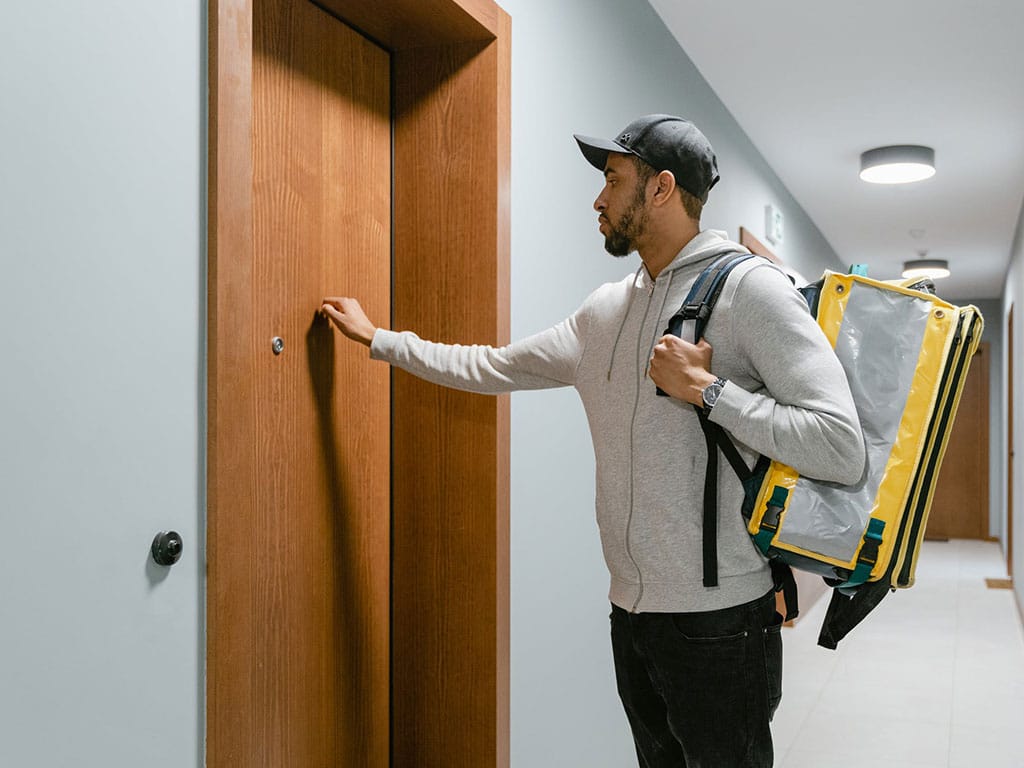Inventors from the Indian Institute of Technology in New Delhi have come up with a way to identify intruders by the seismic signals of their footsteps.
Their patent application describes an “impostor detection” system that goes beyond common human identification methods like using access cards or exploiting physical biometrics, such as facial images, fingerprints, and voice. The invention leans on the behavioral side of biometrics: focusing on features like gait and walking patterns in particular.
While the researchers acknowledge the existence of security measures based on behavioral biometrics—a computer requiring an accurate password inputted in a distinct manner, for instance—they note how such technologies frequently rely on pre-stored data. These systems would work by comparing sensor readings with previously recorded behavior. Meanwhile, the seismic signal detector detailed in the patent application is said to operate without having to refer to a user database.
Forays Into Footstep Identification
The patent application cites several studies on footstep-based human identification. Three listed studies pertain to a method that uses structural vibrations, while another teaches a method relying on ground reaction force. The IIT Delhi invention, which employs seismic sensors, incorporates elements from both techniques.
Also cited was a study that identified individuals using iMagiMat, a smart carpet designed to prevent falls among the elderly. Floor pressure tomography sensors would record different gait patterns, spatio-temporal features of which were identified by a convolutional neural network. A separate study employed spatio-temporal footstep representations for automatic biometric verification. The inventors from IIT Delhi point out the scalability issue of both projects, as any real-world implementation would require installing a very high number of sensor mats. Still, their proposed technology does involve a machine learning model as well.
Ground-Level Surveillance
Among the claims in the patent application is a smart device with four modules: the first senses seismic signals, the second converts the signals from analog to digital, the third extracts the necessary digital information, and the fourth uses the information to weed out impostors from registered individuals.
The first three modules constitute the unsupervised learning-based detection and extraction module (USLEEM), while the fourth is referred to as the identification module.
The inventors claim that with the exception of one other technique (UREDT), USLEEM outperformed existing methods of person identification via footfall events. Both USLEEM and UREDT do not require tuning parameters or prior data, but UREDT is computationally more expensive and memory hungry than USLEEM.
Together, the modules are said to be able to achieve an identification accuracy of 90.6%.
The featured patent application, “Person Identification and Imposter Detection Using Footfall Generated Seismic Signals”, was filed with the USPTO on December 4, 2020 and published thereafter on June 17, 2021. The applicant is the Indian Institute of Technology Delhi. The listed inventors are Sahil Anchal, Subrat Kar, and Bodhibrata Mukhopadhyay.



